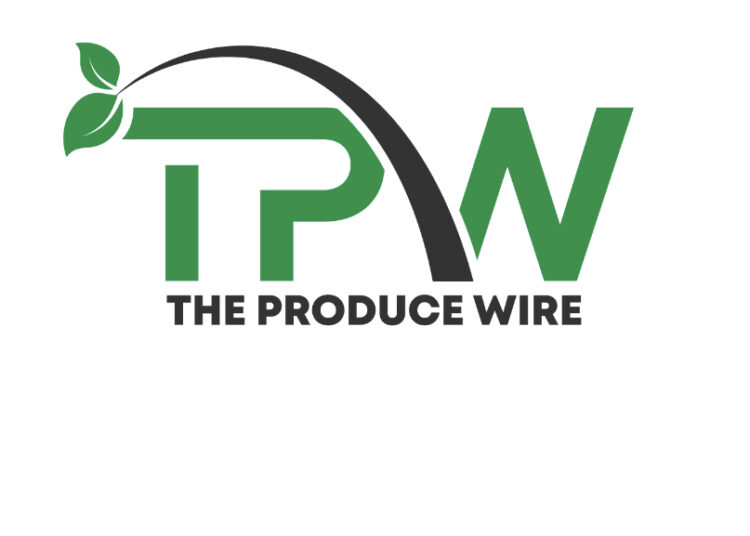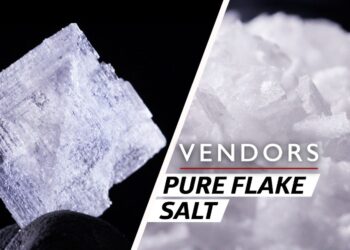— OPINION —
Listeria contamination is causing meats and produce to be pulled off store shelves nationwide, with hospitalizations and deaths continuing to mount and new recalls being issued. Now the Food and Drug Administration (FDA) and Centers for Disease Control (CDC) are investigating a new listeria outbreak. Some lawmakers are calling out FDA’s evident failure to protect consumers, and renewing a legislative push to create a new Federal Food Administration (FFA) to take over food safety.
FDA is supposed to oversee 80 percent of the food supply, but concentrates more on drugs, and has a track record of glacial action and many failures regarding foodborne illnesses. We should have a single, central agency whose one, clear mission is keeping Americans’ food safe.
Senators Richard Blumenthal, Dick Durban, and Congresswoman Rosa DeLauro co-sponsored and recently reintroduced the Federal Food Administration Act which would establish the FFA. They’ve criticized FDA for repeatedly failing to prevent avoidable illnesses and deaths from contaminated food, ranging from bacteria-infected infant formula to lead-tainted applesauce pouches. Some 48 million contract foodborne illnesses each year, of whom 128,000 are hospitalized and 3,000 die, according to the CDC.
Even those eye-opening numbers are understated. They ignore a widespread and growing problem which gets little recognition and less action from FDA: radioactive contamination of U.S. food and water.
This was the subject of a Congressional briefing on July 15. It pointed out that following Fukushima disaster in 2011, experts, consumer protection advocates and concerned citizens petitioned FDA to monitor and set a reasonable protective standard for radioactive contamination in food imported from Japan. The petition was filed in 2013 by the late Jim Turner, one of the original Nader Raiders and author of “The Chemical Feast,” on behalf of my group Fukushima Fallout Awareness Network and the FFAN Coalition. To date it has nearly 1,600 comments, including some from scientists with relevant expertise. A few weeks after the filing FDA sent a letter saying it needed more time to respond, but that was 11 years ago, and the response still hasn’t come.
We weren’t the only ones to raise the issue in the aftermath of Fukushima. Congresswoman DeLauro also asked the FDA to test all foods imported from Japan for radioactive contamination in her March 2011 letter to the FDA Commissioner. “The FDA has announced that the nuclear plant crisis in Japan has so far posed no risk to the U.S. food supply,” she wrote. “How is the agency able to make this determination with such certainty?”
FDA’s actions and inactions still beg that question. It lifted all restrictions on imports from Fukushima prefecture and elsewhere in Japan, but based on what? There is almost no current information about how much or how often it tests, what radionuclides it tests for or what the results are. FDA has said that California BlueFin tuna and other foods it tested contain cesium from Fukushima, but that they were all “well within” FDA’s “Derived Intervention Levels”. What they didn’t say is, at 1,200 Becquerels per kilogram, FDA has among the highest DILs in the world.
Standards limiting radiation in food in Japan are 12 times more protective for adults and 24 times more protective for children than U.S. standards. Food too radioactive to be sold to Japanese consumers is allowed to be sold to U.S. consumers and served to U.S. service members and their families on military bases overseas. FDA DILs for radioactivity in food are non-binding and unenforceable. It’s as though they are set high so that when the next emergency happens – say another radiological release from the expanding nuclear industry – no action will be legally necessary.
Last summer the Tokyo Electric and Power Company (TEPCO) started dumping 1.3 million tons of Fukushima’s radioactive wastewater into the Pacific, a process meant to continue for 40 years. FDA dismisses concerns about this, stating that the ocean is “vast. . . and radioactive material in water from the Fukushima/Daiichi facility would be quickly diluted to extremely low concentrations.”
But as University of Hawaii Professor Bob Richmond points out, this dilution argument is specious. “The ocean is not a sterile aquarium,” he said at the Congressional briefing. “Once these radionuclides go into the ocean, they are taken up. . . throughout the food web, and they can be bioaccumulated and biomagnified in organisms.”
In other words, they accumulate and magnify inside us and our children, where they may damage cells and organs for generations. The European Commission-supported “Chernobyl: Ecology and Health” research project in Ukraine, underway for over 30 years, shows that cesium-137 fallout at Chernobyl accumulates in organs and has genetic mutational effects. And there are many other radionuclides of concern besides cesium. Some remain hazardous for tens of thousands of years.
Today’s emerging cancer epidemic among younger people underscores the importance of reckoning with radioactivity in what we consume. Pregnant women and babies are at the highest risk, but we’re all affected. FDA’s stonewalling, lack of transparency and refusal to label foods or communicate effectively exacerbates the problem, keeping consumers unaware so we can’t make informed decisions about the foods we buy.
That must change. Congress has oversight power over FDA, but FDA has proved resistant to past Congressional guidance on food safety. To confront and mitigate the growing public health threat of radioactive contamination in food, Congress should pass the Federal Food Administration Act, establish the FFA to focus like a laser beam on food safety, and empanel independent scientists and experts who understand radiation’s environmental and health effects to advise it. Until that happens, we’ll be (glowing) in the dark.
About the author: Kimberly Roberson is Project Director, Fukushima Fallout Awareness Network (FFAN). She has served on the board of National Association of Nutrition Professionals and organized the FFAN Coalition, which petitioned FDA for better food regulations following the Fukushima disaster.













